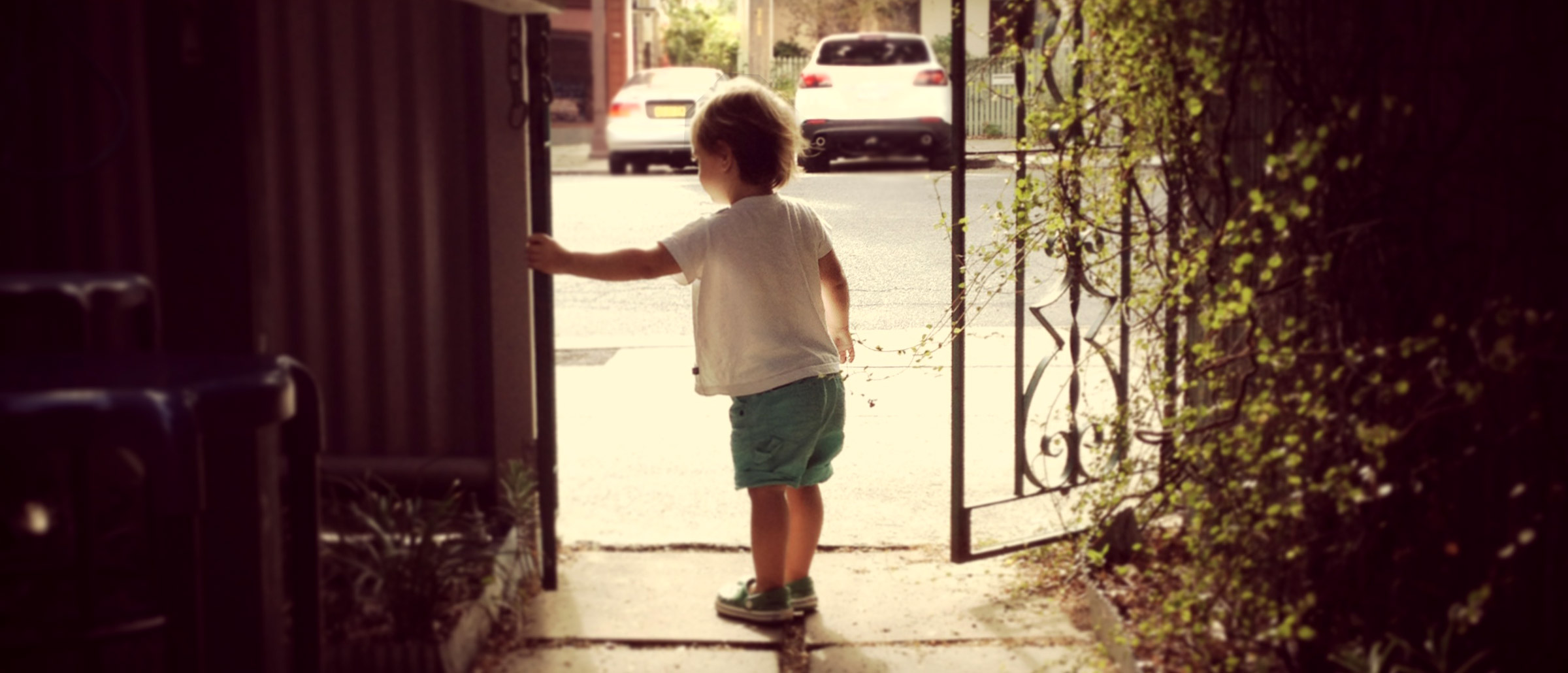Seeds, Life & Weeds

- Words by
- Emily Sia Lian Wong
Early last summer my cousin, while roaming the shores of Lake Burley Griffin, discovered a magnificent dandelion. Spanning almost the width of her palm, it was spectacularly large — a galaxy of stars orbiting a glorious dome. I asked her to save me some seeds. A week later they arrived in the post — ten miniature parasols, tiny capsules of dormant knowledge, silent and strange like all seeds. I put them in my bottom drawer, where I store miscellaneous things that have no particular place. I imagined propagating a dominion of dandelions. One year on they lie there still, sleeping dormant in the dark.
Sixty years ago, American writer Ray Bradbury, reminiscing on his childhood summers in small-town America, had visions of flowers.
“…flowers that flooded the world, dripped off lawns onto brick streets, tapped softly at crystal cellar windows and agitated themselves so that on all sides lay the dazzle and glitter of molten sun.”
In the summer ritual of brewing dandelion wine, Bradbury distilled a metaphor for the innocent joys of growing up.
“Even Grandma, repeating and repeating the fine and golden words, even as they were said now in this moment when the flowers were dropped into the press, as they would be repeated every winter for all the white winters in time. Saying them over and over on the lips, like a smile, like a sudden patch of sunlight in the dark.”
Bradbury, it seems, was not alone. Half a century earlier, in Stratton-Porter’s classic, A Girl of the Limberlost, the first flirtation between young lovers-to-be is over the culinary qualities of the dandelion leaf.
“Do you suppose this is the kind of grass Nebuchadnezzar ate?” Elnora contemplates, passing a leaf to her new acquaintance.
“If it is, he knew a good thing” he responded.
“Oh! You should try dandelions boiled with bacon and served with my mother’s cornbread.”
The image of this dish, of young, tender dandelion leaves harvested from the wild, abundant forests and meadows of turn-of-the century Indiana always makes me salivate.
Here, in Australia, the dandelion is an insidious weed, the green tangles violently subdued under routine chemical fogs. But across time and oceans, villagers once pulled grass to make way for rampant edibles — dandelion, chamomile, coltsfoot, milkweed. In fact, the whole plant is a bona fide feast whose medicinal and culinary properties have been explored and exploited for centuries — petals distilled into golden elixirs, leaves spun into earthy salads. Roasted, coarsely ground and brewed, the roots make an amber infusion that, according to lore, will purify the blood.
In a box of memories, I keep a photo of an old lover. He stands smiling on the sunny banks of a sun-drenched river in northern California, stalk in one hand, seeds in the air, suspended as if in zero G. We drove through there once in late summer, meandering sleepily through the magnificent redwood forests then up and along the wild and windswept coasts of Oregon. That afternoon we kicked off our shoes and paddled in the rocky pools along the water’s edge. Mellow light, golden and warm, sleepy like the sun itself needed a siesta. Others floated past in tyres, gentle splashing, murmuring voices, insects circling in the micro eddies above the river’s mirrored surface. Light, heat, haze….
The garden of my family home was dandelion refugia. Patches everywhere, my mother taking to them with a spade and a vengeance. Yet despite all efforts, they continued to come back, creeping up through the grass to spread their bouquet of dark green leaves. Through many formative years, my pocket money was measured by the bucket load — every full bucket of extracted plants increased my net worth by fifty cents. After hours, my sister and I ran a jewellery factory, manufacturing wreaths and chains, petals and stalks, yellow ochre to Prussian green, end to end, end to end. Fingers sore from piercing stems, fingertips stained a verdant hue. Alas, those chains were but fleeting tender, wilting quickly in the interminable heat.
Last Christmas I gave my lover a dandelion. It arrived cautiously in the post from Amsterdam, alien immigrant from another world. It’s a mysterious thing — no ordinary specimen, the central dome to which the seed heads attach has been replaced with a tiny glass bulb through which an electric current now flows. The leaves and stalk, where living cells once clustered, shiny metal now stands; a lifeblood of electrons where water once ran. The effect is strange, beautiful, haunting, uneasy.
The studio that manufactures the flowers tells of foraging expeditions to the Dutch meadows, where the dandelions grow wild in the autumn. Each specimen, they say, is selected, plucked and transported carefully to a small laboratory, where it is assembled/augmented meticulously by hand. To protect this fragile yet oddly robust wonder, I bought a glass bell jar from a shop that specialises in the preservation and display of ‘Wunderkammer’, or scientific curiosities. As my eyes ramble the ramshackle shelves, I feel this object would be at home there, a rare exemplar of a hybrid race. Amongst the bat skeletons, moths and butterflies, it too finds a place.
Tonight, I hear, there will be a full moon. Drawer slides open, package out, thin plastic cool and smooth beneath my fingers. Pressing on the tiny but resilient forms conjures visions of flowers. Streets of dandelions, fields of dandelions, abandoned wastelands littered with sunburst yellow, air awash with drifting seeds. Dandelions sneaking, creeping, taking hold, an insidious colony of green and yellow. A city beginning and ending with dandelions.
I stand at the window barefoot, in a T-shirt and underwear, sowing seeds in the half-light.




